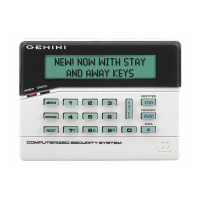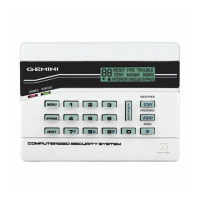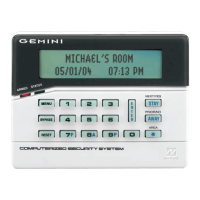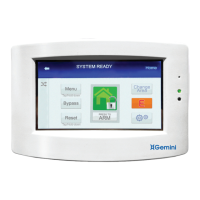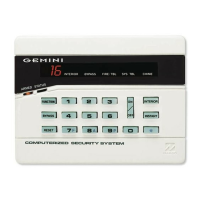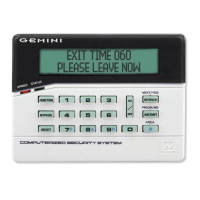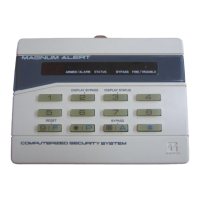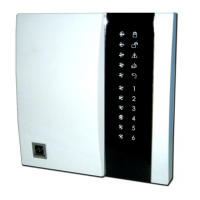21
FIRE PROTECTION
Preparing a Fire Escape Plan
Even with the most advanced fire alarm
system, adequate protection requires an
escape plan.
To prepare your plan, draw floor plans of
your building. (Space is provided on the
next page). Show two exits - a front or
back door and a window from each room.
(Make sure the window works. You may
need a special fire-escape ladder if the
window is high up). Write down your
outside meeting place.
Family Rehearsal.
Rehearse each of the following activities:
1. Everyone in his room with the doors
closed.
2. One person sounds the alarm.
3. Each person tests his door.
4. Pretend the door is hot and use the
alternate escape exit.
5. Everyone meets outdoors at the
assigned spot.
Important! - Read Carefully
Discuss these escape procedures with all
those who use the building:
1. In a residence, sleep with the bedroom
door closed. A closed door will hold
back deadly smoke while you escape.
2. When the fire alarm signals, escape
quickly. Do not stop to pack.
3. Test the door. If it is hot, use your
alternate route through the window. If
the door is cool, brace your shoulder
against it and open it cautiously. Be
ready to slam the door if smoke or
heat rushes in. Crawl through smoke,
holding your breath. Close the doors
again on leaving to help prevent the
fire from spreading.
4. Go to your specific outdoor meeting
place so you can see that everyone is
safe.
5. Assign someone to make sure nobody
returns to the burning building.
6. Call the Fire Department from a
neighbor's telephone.
Would You Like More Safety Information?
For more information on home fire detection, burn safety, and home fire safety,
write to the National Fire Protection Association, Public Affairs Dept. 05A,
Batterymarch Plaza, Quincy, MA 02269.
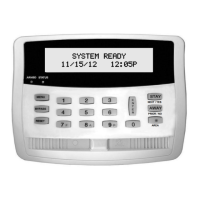
